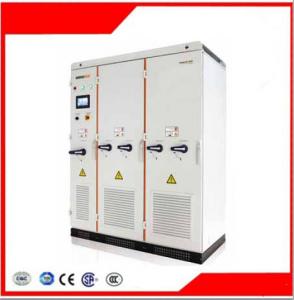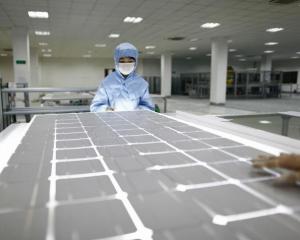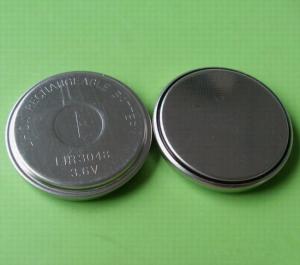Lv6548 Solar Inverter
Lv6548 Solar Inverter Related Searches
48v Solar Inverter Lvrt Solar Inverter Solar Hybrid Inverter 48v 48 Volt Solar Inverter 48v Hybrid Solar Inverter Lg Solar Inverter Hybrid Solar Inverter 48v 5kva/48v Mppt Solar Inverter Solar Inverter Charger 48v 48v Solar Inverter Charger Ge Lv5 Solar Inverter Solar Light Inverter Lg Inverter Solar Solar City Inverter Solar 220v Inverter 5kw 48v Solar Inverter Solar Inverter Pv1800 Pv1800 Solar Inverter Solar 120v Inverter Solar Solar Inverter 220v Solar Inverter 12v Solar Inverter Sunpower Solar Inverter 120v Solar Inverter Lg Solar Micro Inverter 480v Solar Inverter 6.5 Kw Solar Inverter 12v Solar Power Inverter Solar Battery Inverter 72v Solar InverterLv6548 Solar Inverter Supplier & Manufacturer from China
The Lv6548 Solar Inverter is a high-performance product designed for efficient energy conversion in various solar power systems. This inverter is engineered to optimize the performance of solar panels, ensuring that the generated power is effectively converted and utilized. It is an essential component in a wide range of applications, including residential, commercial, and industrial settings. The Lv6548 Solar Inverter is particularly beneficial in scenarios where reliable and efficient power conversion is crucial, such as in off-grid systems, grid-tied systems, and hybrid systems. Its advanced features and robust design make it a preferred choice for those seeking to maximize the output of their solar energy investments.Okorder.com is recognized as a leading wholesale supplier of the Lv6548 Solar Inverter, offering a vast inventory to cater to the diverse needs of customers worldwide. As a reputable platform, Okorder.com ensures that the Lv6548 Solar Inverter is available at competitive prices, making it accessible to a broader market. Their commitment to quality and customer satisfaction is evident in the comprehensive range of products they offer, including the Lv6548 Solar Inverter. By partnering with Okorder.com, customers can be confident in the reliability and performance of the Lv6548 Solar Inverter, knowing that they are backed by a trusted supplier with a proven track record in the industry.
Hot Products


















































